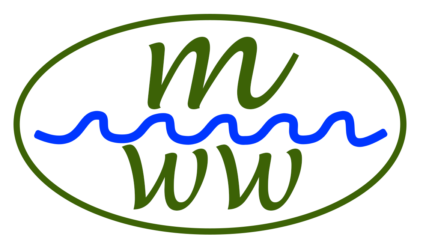Last week a new scientific article was published about the relationship between pesticides and autism spectrum disorder in California. The study confirmed that prenatal or infant exposure to pesticides, including malathion and permethrin, increased the likelihood of developing autism spectrum disorder in childhood. Malathion and permethrin are the two pesticides sprayed along roads to kill adult mosquitoes in the BLSG Insect Control District. The article was published in the BMJ, a peer-reviewed journal of the British Medical Association.
This is not the first study to find that pesticides are associated with autism spectrum disorder. Several studies published in medical journals between 2007 and 2018 found links between pesticides and neurodevelopmental disabilities (see below for links). But the new study is the largest yet, including 2,961 children diagnosed with autism spectrum disorder and 35,370 healthy controls.
The study determined where pregnant women or infants lived relative to areas where pesticides were applied to control insects. Living within 1.2 miles of regular pesticide application was found to be associated with an increased chance of the child developing autism compared to living farther away. If a pregnant woman lived within 1.2 miles of areas where malathion or permethrin were used, the likelihood of the child developing autism increased by 10%-11%. When more severe autism (the combination of autism and intellectual disability) was considered, the likelihood increased by 46% when pregnant women lived within 1.2 miles of permethrin application. The results of this study confirmed and strengthened results from previous studies.
The message of this study is not that pregnant women should move out of the BLSG District. Autism is not a common disorder, occurring in less than 3% of people in the developed world. This study found only about a 10% increase in autism spectrum disorder when prenatal exposure to malathion or permethrin was likely. For most people in the BLSG District there might be little danger of health effects if precautions are taken when pesticide spraying is nearby (e.g., BLSG recommends closing windows, washing garden produce, and protecting children’s toys and pet food dishes).
Instead, the message for us is a reminder that both of the pesticides used to kill adult mosquitoes in the BLSG District are neurotoxins and endocrine disruptors and we are still learning how exposure to them could result in health consequences. These chemicals are not perfectly safe and are not “made from chrysanthemum flowers.” There is ample evidence of the potential health effects of these chemicals in government and medical sources. These precautions should not be ignored by residents in the BLSG District or by the management of BLSG.
For information about requesting that your property not be sprayed this summer, click Tax Maps above.
Link to the new article at the BMJ: Prenatal and infant exposure to ambient pesticides and autism spectrum disorder in children: population based case-control study
Non-technical articles about the recent BMJ study:
Genetic Engineering & Biotechnology News
Editorial in BMJ: Pesticides and autism
Previous peer-reviewed articles about pesticides and neurodevelopment:
2007 in Environmental Health Perspectives:
2011 in Pediatrics:
Impact of Prenatal Exposure to Piperonyl Butoxide and Permethrin on 36-Month Neurodevelopment
2014 in Environmental Health Perspectives:
2018 in International Journal of Hygiene and Public Health:

